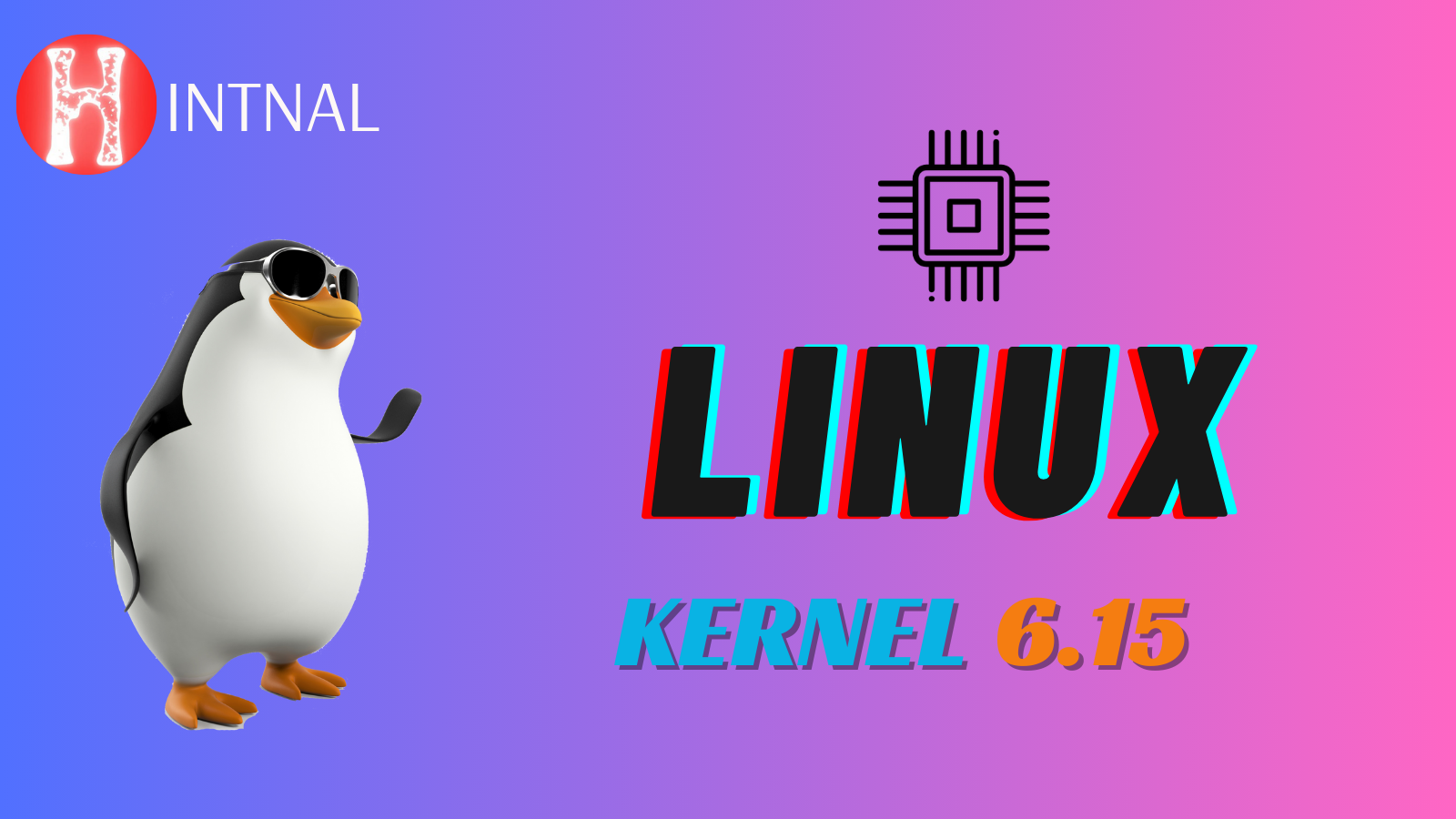
Wayland is now default on major Linux distros in 2025, but is it ready for developers? Explore what works, what’s still broken, and whether it’s time to switch from X11.
READ ALSO: GNOME 49 Alpha Released: X11 Disabled by Default, Public Testing Begins
Wayland has been hyped as the modern successor to X11 for over a decade. It promises simplicity, security, and buttery-smooth graphics. But in 2025—with Ubuntu, Fedora, and others defaulting to Wayland—is it finally usable for developers?
Here’s a no-fluff reality check on Wayland: what’s fixed, what’s still frustrating, and whether you should make the switch.
What Is Wayland—and Why It Replaced X11
Wayland is a modern display protocol that acts as the middleman between your apps and your screen. Unlike X11, which is bloated and security-challenged, Wayland is:
- Lighter and faster
- More secure by design
- Better at frame timing
- Native with HiDPI & scaling
But with that modernity comes a cost: many developer tools still assume X11 behavior.
What Works Well for Developers in 2025
Wayland has come a long way. Here’s where it’s genuinely ready:
1. IDEs Now Work Out of the Box
- Visual Studio Code (via Electron with Wayland support)
- JetBrains IDEs (with
--enable-features=WaylandWindowDecorations) - GNOME Builder is fully optimized for Wayland
2. Toolkits Are Wayland-Native
- GTK4 was practically built for Wayland
- Qt6 works smoothly (use
QT_QPA_PLATFORM) - SDL2, Allegro, and game frameworks support it natively
3. Screen Sharing with PipeWire
- OBS Studio, Zoom, Firefox, and Chromium now use xdg-desktop-portal and PipeWire for secure screen access
4. Touchpad Gestures & DPI Handling
- Per-monitor DPI scaling
- Smooth 3-finger gestures on GNOME & KDE
What’s Still Painful or Missing in 2025
1. No Global Screen Capture (Without Portal Prompts)
No rootless screen grabs or full-monitor capture without user approval.
2.Inconsistent Desktop Support
- GNOME: Best Wayland implementation
- KDE Plasma: Better, but fractional scaling still tricky
- Sway/Hyprland: Tiling-friendly but missing GUI conveniences
3. No Stable Global Hotkeys
Global key remappers like AutoKey or sxhkd? Still broken or unreliable under Wayland.
4. Remote Desktop Still Sucks
- PipeWire + RDP bridges exist but are buggy and laggy
- Tools like
x11vnc,TigerVNC, or evenNoMachinestill work better with X11
Should You Switch to Wayland as a Developer?
| Use Case | Wayland in 2025 |
|---|---|
| General Coding & IDEs | Stable & smooth |
| GUI App Development (GTK/Qt) | Fully supported |
| Gaming or Multimedia Development | Still improving |
| Remote Access/Remote Desktop | X11 is better |
| Keybinding/Automation | Limited support |
Tips for Making Wayland Work for You
- Use
wayland-infoto check compositor/client support - Set
QT_QPA_PLATFORM=waylandfor Qt apps - Launch Electron apps with
--ozone-platform=wayland - Install
xdg-desktop-portaland the GTK/KDE backends - Configure PipeWire correctly for screen sharing and audio routing
Final Verdict: Getting Close, But Still a Work in Progress
Wayland is not broken—but it’s not a complete X11 replacement yet.
For most developers doing web, app, or even native GUI work: Wayland is good to go. But if your workflow involves automation, remote desktop, or weird input hacks, you’ll still want to dual-boot or keep an X11 fallback session.
Further Reading
Verdict for Hintnal Readers:
If you live in the terminal, code in modern IDEs, and don’t rely on exotic workflows — Wayland is ready. Otherwise, X11 still holds the crown for edge cases.


